Yoga inversions, also known as upside-down poses, are an exciting and transformative aspect of yoga practice. They offer a fresh perspective, challenging our balance, strength, and coordination while inviting calm and rejuvenation. While these poses may appear intimidating to novices, they are accessible to people of all levels with proper instruction and adjustments.
This article will guide you into the world of yoga inversions, highlighting their benefits, essential considerations, and five essential poses for beginners. Additionally, you’ll discover tips for approaching inversions with confidence and safety.
Benefits of yoga inversions for beginners
While inversions may seem intimidating to those new to yoga, they offer a multitude of benefits that make them well worth exploring. For beginners, these poses can:
- Enhance Circulation: Inversions encourage blood flow towards the head and extremities, promoting overall circulation and reducing inflammation. This can alleviate symptoms of congestion, headaches, and varicose veins.
- Strengthen Core and Upper Body: Supporting the body’s weight in inversions engages the core muscles, improving abdominal strength and stability. This strengthened core can enhance posture, protect the spine, and improve overall body mechanics.
- Improve Balance and Coordination: Maintaining balance while upside down challenges the proprioceptive system, enhancing coordination and spatial awareness. This improved balance can translate into greater stability and ease of movement in daily life.
- Boost Mental Clarity: The influx of blood to the brain during inversions increases oxygen delivery and nourishes brain cells, promoting mental alertness and focus. This can enhance concentration, reduce stress, and elevate mood.
- Promote Relaxation and Stress Relief: The physical and mental demands of inversions can induce a sense of calm and tranquility, helping alleviate stress and anxiety. The focus required to maintain these poses can provide a welcome distraction from daily worries and promote a sense of inner peace.
Essential Considerations for Beginners
As you embark on the exciting world of yoga inversions, it’s crucial to approach these poses with caution, patience, and a deep understanding of your body’s capabilities. Here are some essential considerations to ensure a safe and rewarding experience:
Establish a Strong Foundation in Basic Yoga Poses
Before delving into the realm of inversions, it’s essential to establish a solid foundation in basic yoga poses. This will ensure that you have the necessary strength, balance, and flexibility to safely execute inversions. Focus on developing a strong core, mastering essential poses like Downward-Facing Dog (Adho Mukha Svanasana), and understanding the principles of alignment and breathwork.
Seek Guidance from an Experienced Yoga Instructor
The supervision of an experienced yoga instructor is invaluable when embarking on inversions. A qualified instructor can provide personalized instruction, identify areas for improvement, and offer modifications tailored to your individual needs. Their guidance will help you approach inversions with proper technique, minimizing the risk of injury and maximizing the benefits.
Start Gradually and Progress with Caution
Patience is key when exploring yoga inversions. Resist the urge to rush into advanced poses before your body is ready. Begin with gentle inversions like Legs Up the Wall (Viparita Karani) and Downward-Facing Dog, gradually progressing to more challenging poses as your strength and confidence develop. Listen to your body and respect its limitations.
Listen to Your Body and Respect Its Limitations
Your body is your wisest guide. Pay attention to any discomfort or pain that arises during inversions. If you experience pain, dizziness, or instability, back off from the pose and consult your instructor. Pushing your body’s limits can lead to injury and hinder your progress. Honor your body’s signals and proceed with caution.
Utilize Props for Support and Modifications
Yoga props are invaluable tools for beginners, providing support and stability during inversions. Blocks can be used to elevate the hips in Downward-Facing Dog, straps can assist in maintaining balance in Headstand, and walls can offer support for poses like Dolphin Pose (Dolphin Pose). Utilize props to your advantage to ensure proper alignment and minimize strain.
5 Essential Yoga Inversion Poses for Beginners
Downward-Facing Dog (Adho Mukha Svanasana)
Downward-Facing Dog, also known as Adho Mukha Svanasana, is a foundational pose that forms the basis for many inversions. This pose strengthens the entire body, improves circulation, and prepares the body for more advanced inversions.
Benefits:
- Strengthens the core, arms, legs, and back muscles
- Improves flexibility in the hamstrings, calves, and shoulders
- Enhances circulation and blood flow to the head
- Stretches and releases tension in the spine
Modifications:
- Bend your knees as needed to reduce strain on the hamstrings
- Use yoga blocks to elevate your hips if your heels don’t reach the floor
- Place your hands wider than shoulder-width apart for more stability
Legs Up the Wall (Viparita Karani)
Legs Up the Wall, also known as Viparita Karani, is a gentle inversion that promotes relaxation, reduces stress, and alleviates leg fatigue. This pose is an excellent option for beginners to experience the benefits of being upside down.
Benefits:
- Reduces stress and anxiety
- Calms the mind and promotes relaxation
- Alleviates leg fatigue and swelling
- Improves circulation and digestion
Modifications:
- Place a folded blanket under your hips for additional support
- Use a bolster or rolled-up towel to elevate your lower back
- Bend your knees as needed if your legs feel uncomfortable
Dolphin Pose (Dolphin Pose)
Dolphin Pose, also known as Dolphin Pose, is a preparatory pose for Headstand that strengthens the shoulders, arms, and core. This pose also improves balance and coordination.
Benefits:
- Strengthens the shoulders, arms, and core muscles
- Improves balance and coordination
- Prepares the body for more advanced inversions like Headstand
- Stretches the hamstrings, calves, and spine
Modifications:
- Bend your elbows as needed to reduce strain on the shoulders
- Place your forearms on a yoga block for additional support
- Keep your legs straight or slightly bent
Supported Shoulderstand (Salamba Sarvangasana)
Supported Shoulderstand, also known as Salamba Sarvangasana, is a gentle inversion that gently stimulates the thyroid and adrenal glands, improves digestion, and promotes relaxation.
Benefits:
- Gently stimulates the thyroid and adrenal glands
- Improves digestion and elimination
- Promotes relaxation and stress relief
- Enhances circulation and blood flow to the head
Modifications:
- Place a folded blanket under your shoulders for additional support
- Use a yoga block or bolster to elevate your lower back
- Bend your knees as needed if your legs feel uncomfortable
Wall Dog (Adho Mukha Svanasana with Wall Support)
Wall Dog, a modified version of Downward-Facing Dog, provides support for the legs, allowing beginners to focus on upper body alignment and engagement.
Benefits:
- Provides support for the legs, reducing strain on the hamstrings
- Improves upper body alignment and engagement
- Enhances balance and coordination
- Prepares the body for more advanced inversions
Modifications:
- Adjust the distance between your feet and the wall to find a comfortable position
- Bend your knees as needed to reduce strain on the hamstrings
- Use yoga blocks to elevate your hips if your heels don’t reach the floor
Tips for Approaching Yoga Inversions
Warm up with Dynamic Stretches and Gentle Yoga Poses
Preparing your body for inversions is crucial to prevent injury and enhance performance. Engage in dynamic stretches like arm circles, leg swings, and gentle forward folds to warm up your muscles and increase flexibility. Additionally, incorporate gentle yoga poses like Downward-Facing Dog (Adho Mukha Svanasana) and Cat-Cow Pose (Marjaryasana-Bitilasana) to prepare your core, spine, and upper body.
Maintain Deep and Conscious Breathing Throughout the Poses
Breath is the foundation of yoga, and it becomes even more essential during inversions. Maintain deep, conscious breathing throughout each pose, ensuring a continuous flow of oxygen to your muscles and brain. Focus on inhaling through your nose and exhaling through your mouth, coordinating your breath with your movements.
Focus on Proper Alignment to Maximize Benefits and Minimize Strain
Proper alignment is paramount in yoga inversions, as it maximizes the benefits of each pose while minimizing strain on your body. Engage your core muscles to stabilize your spine, maintain proper distance between your hands and feet, and ensure your body forms a straight line from head to heels.
Utilize Props Effectively to Support Your Weight and Maintain Alignment
Yoga props are invaluable tools for beginners and experienced practitioners alike. Utilize props like yoga blocks, straps, and walls to provide support and stability during inversions. Blocks can elevate your hips in Downward-Facing Dog, straps can assist in maintaining balance in Headstand, and walls can offer support for poses like Dolphin Pose (Dolphin Pose).
Exit Safely from Inversions Slowly and Mindfully
Transitioning out of inversions requires caution and awareness to avoid dizziness or lightheadedness. Slowly lower yourself out of each pose, reversing the sequence of entry. Avoid sudden movements and maintain deep breathing throughout the transition.
Additional Tips for a Safe and Rewarding Yoga Inversion Practice
- Seek guidance from an experienced yoga instructor: A qualified instructor can provide personalized instruction, identify areas for improvement, and offer modifications tailored to your individual needs.
- Start gradually and progress with caution: Don’t rush into advanced inversions before your body is ready. Begin with gentle inversions like Legs Up the Wall (Viparita Karani) and Downward-Facing Dog, gradually progressing to more challenging poses as your strength and confidence develop.
- Listen to your body and respect its limitations: Pay attention to any discomfort or pain that arises during inversions. If you experience pain, dizziness, or instability, back off from the pose and consult your instructor. Pushing your body’s limits can lead to injury and hinder your progress.
- Practice regularly and consistently: Regular practice is essential for developing the strength, flexibility, and balance required for yoga inversions. Dedicate time to your practice and observe your progress over time.
By following the tips and guidance provided in this article, beginners can safely approach yoga inversions and unlock the many benefits they have to offer. Hopefully, the above article of TTC has provided you with useful information. If you have any questions or concerns, please leave a comment below.
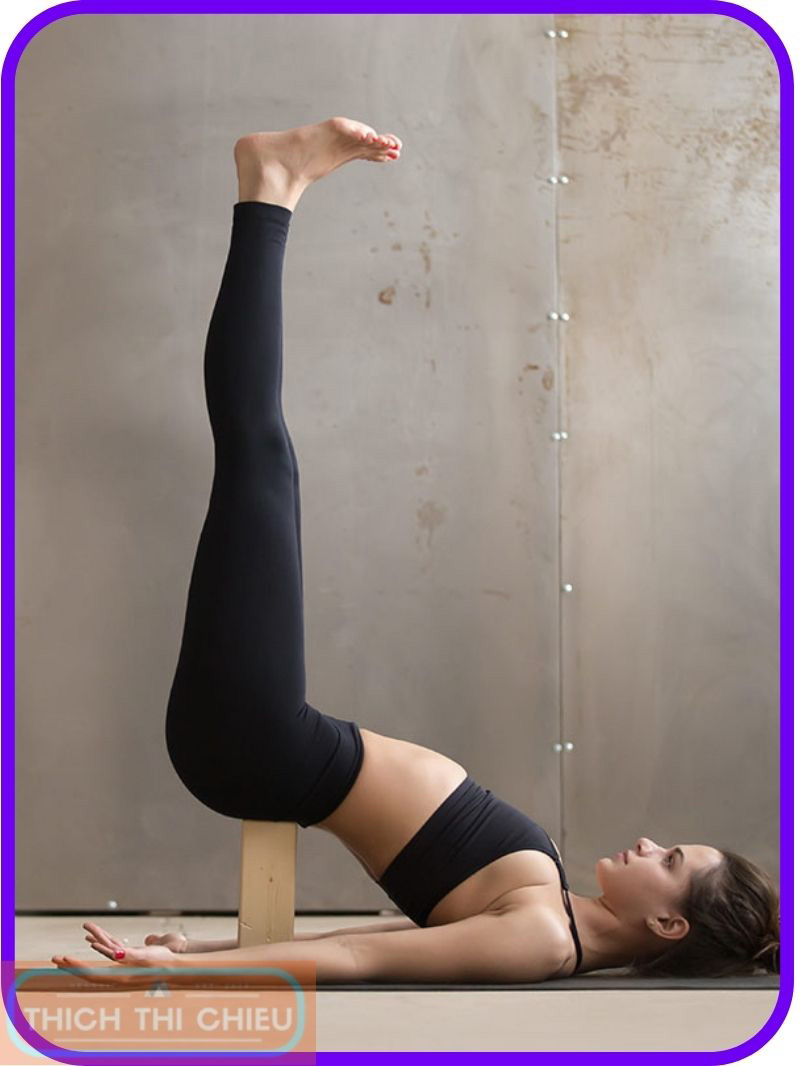
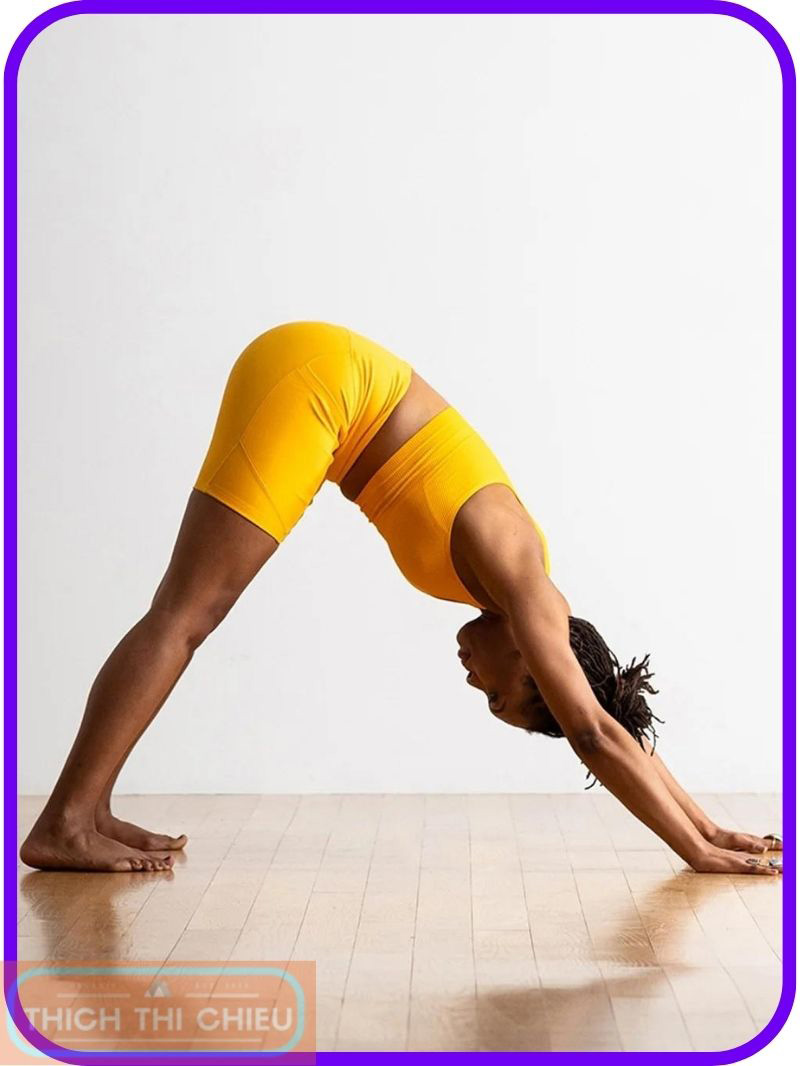
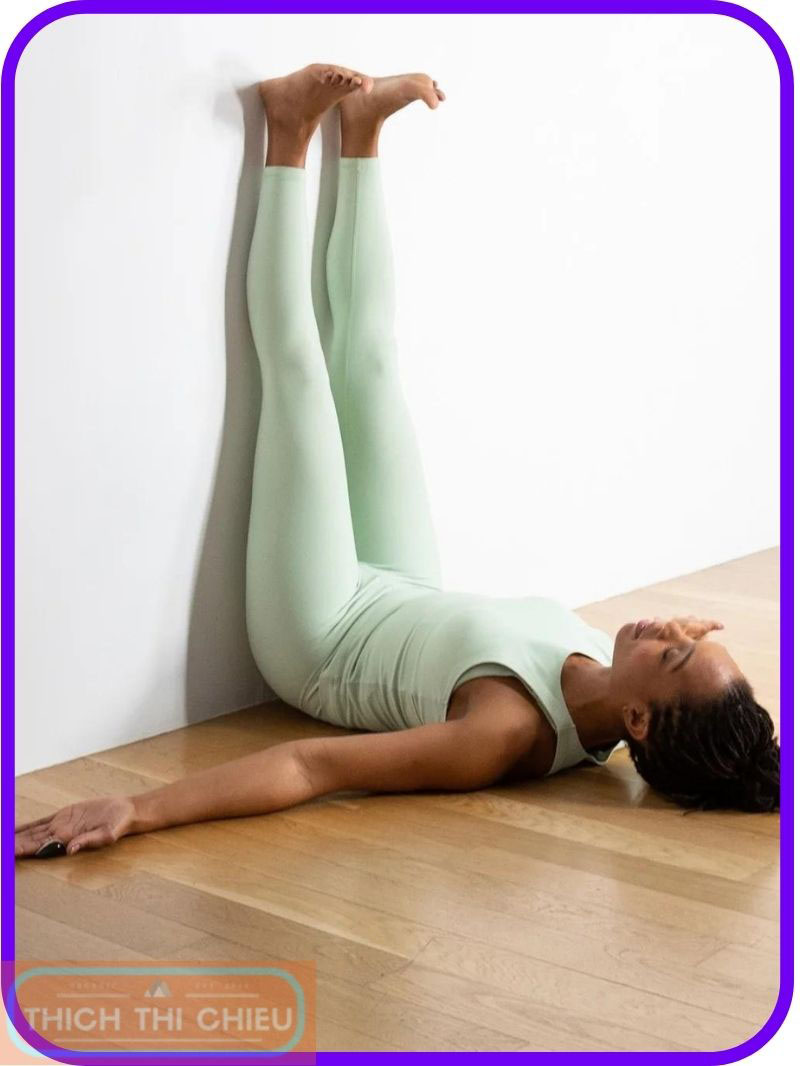
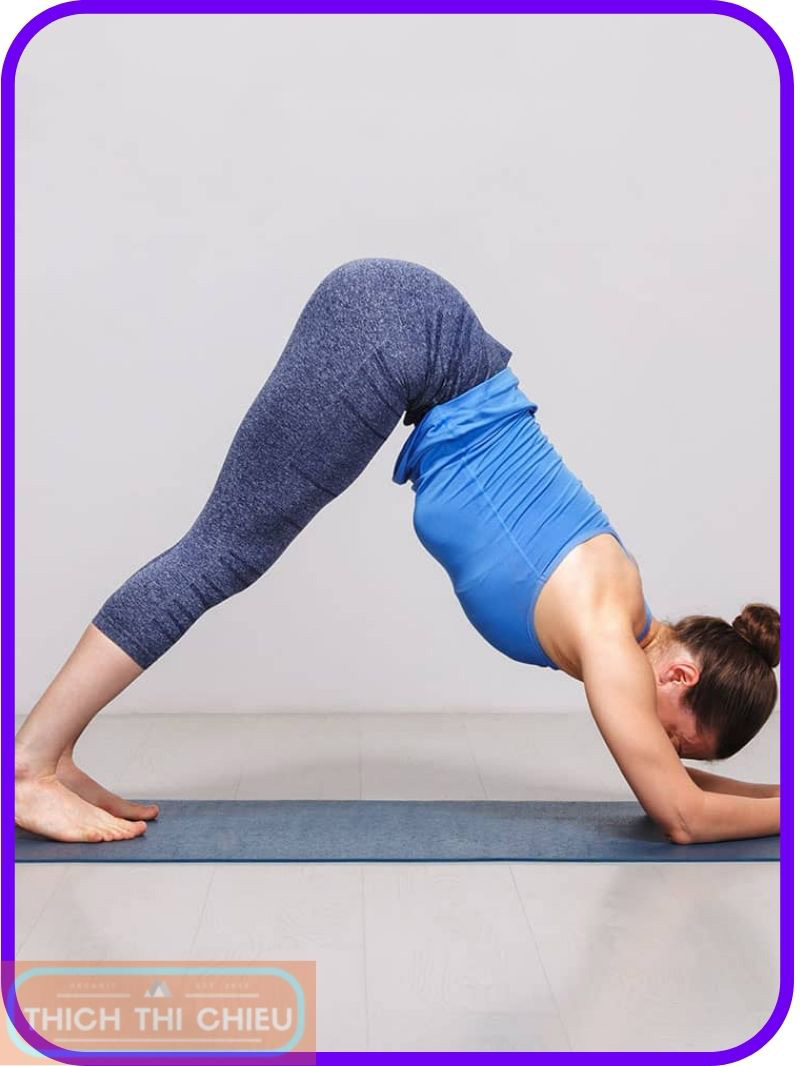
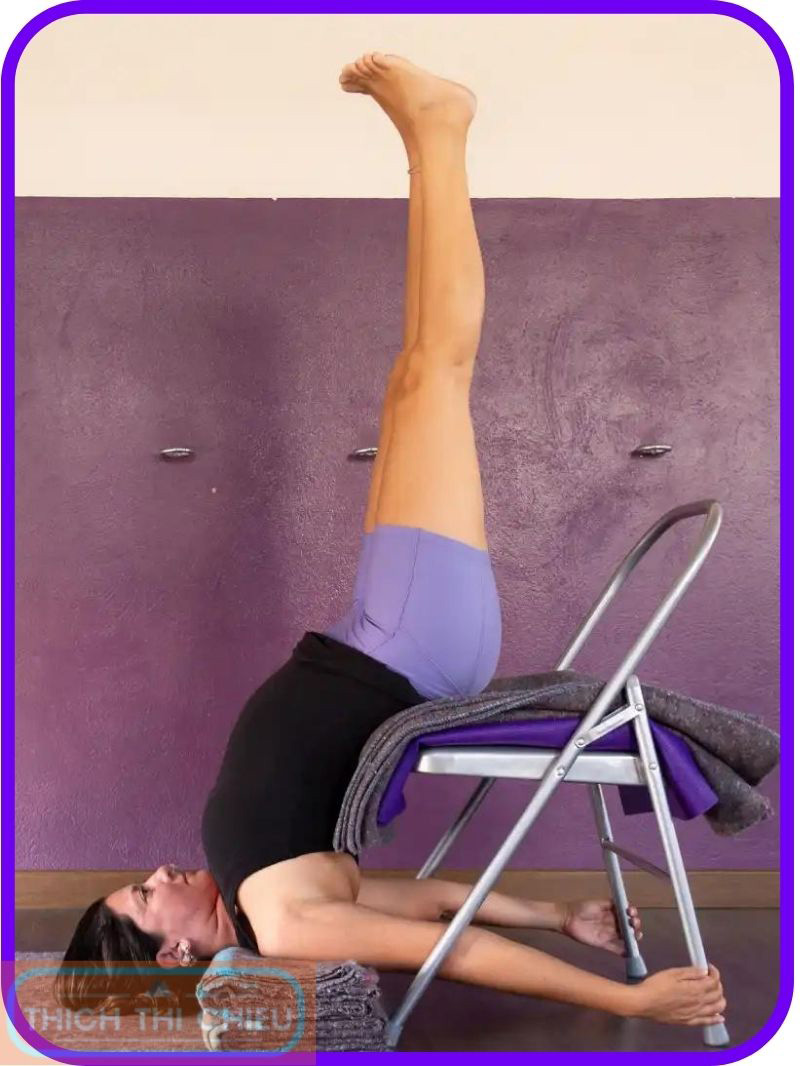
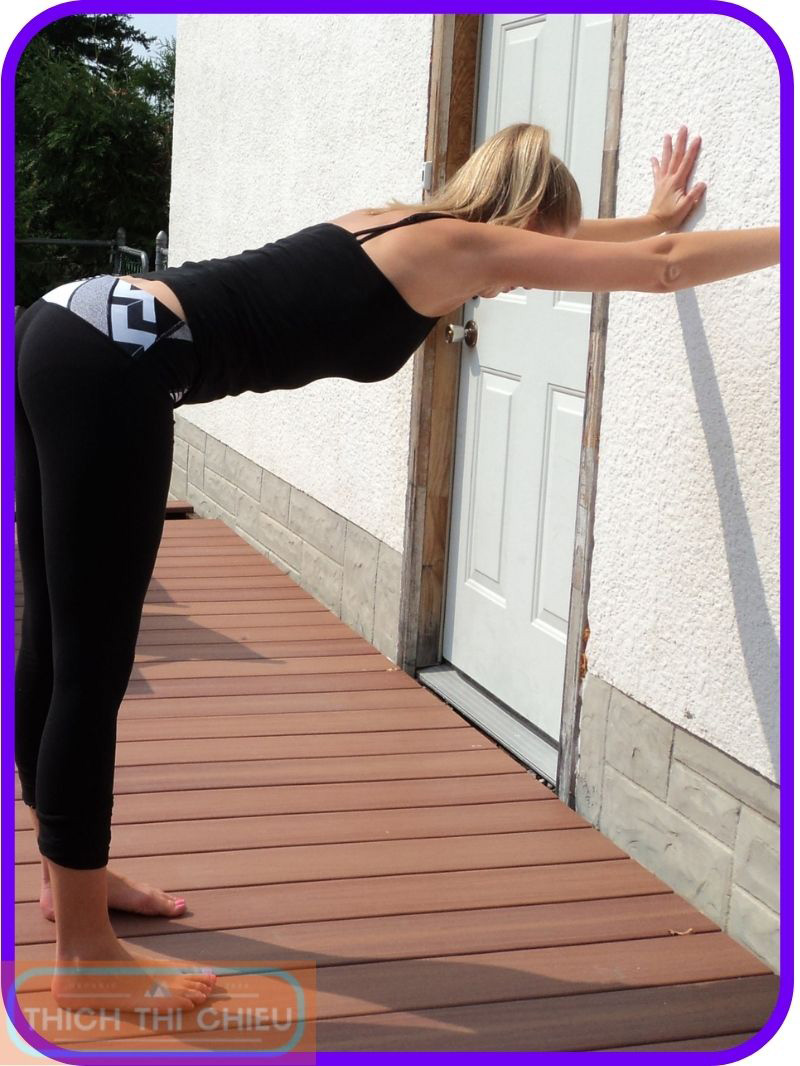
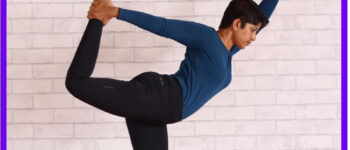




Leave a Reply